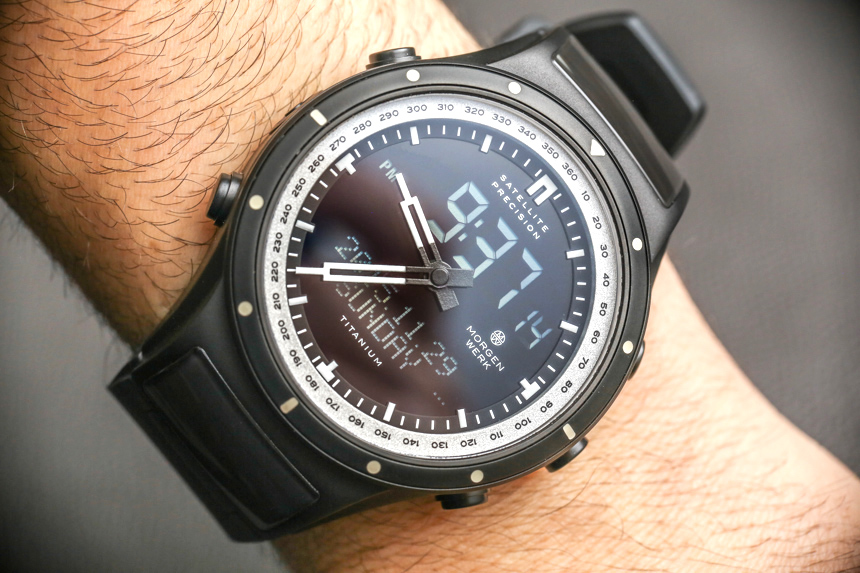
Right out of the box, the Morgenwerk Satellite Precision M3 watch comes with the time set by the factory. This is an important feature given that mere mortals aren’t always able to set the time with the incredible precision that the Morgenwerk Satellite Precision M3 watch is capable of. Back when I first saw the prototypes for Morgenwerk’s upcoming collection of watches back in 2012, the idea behind the watches was to achieve extreme accuracy through triple redundancy. That and a lot of other “dream” tech features have for the most part translated themselves nicely into this final, albeit limited edition, product.
Initially, Morgenwerk wanted their “Satellite Precision” watches to focus on accuracy in these three ways: First, the quartz-based movements would be thermo-compensated (or use some other type of high-accuracy system) to ensure very accurate native time keeping. Then, the watches would also be able to receive global positioning satellite (GPS) signals to further update the correct time. Last, Morgenwerk wanted to design the electronics of the watch to “learn” the slight deviations of its own hardware by regularly comparing the difference between its internal time and the time received from GPS signals. This latter scheme sounds interesting, and I believe Morgenwerk was actually able to implement all of them. Below in the review, I discuss the accuracy of the M3 watch in more detail.
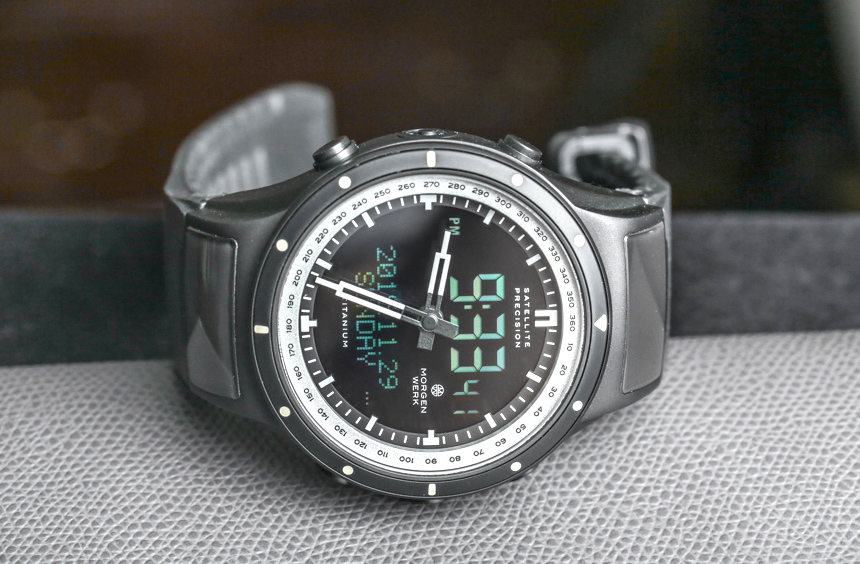
When I first saw the Morgenwerk Satellite Precision M3 watch (back in the day), I thought to myself that it was the answer for anyone who wanted the features contained in a Casio ProTrek with its sensors and high-functionality… but in a more high-end and slick design. With its analog-digital dial, the Morgenwerk Satellite Precision M3 at least (other Morgenwerk watches don’t have digital screens on their otherwise all-analog dials) also has some elements from the Tissot T-Touch collection as the hands in some instances help in the readout of information, such as forming the needle in compass mode.
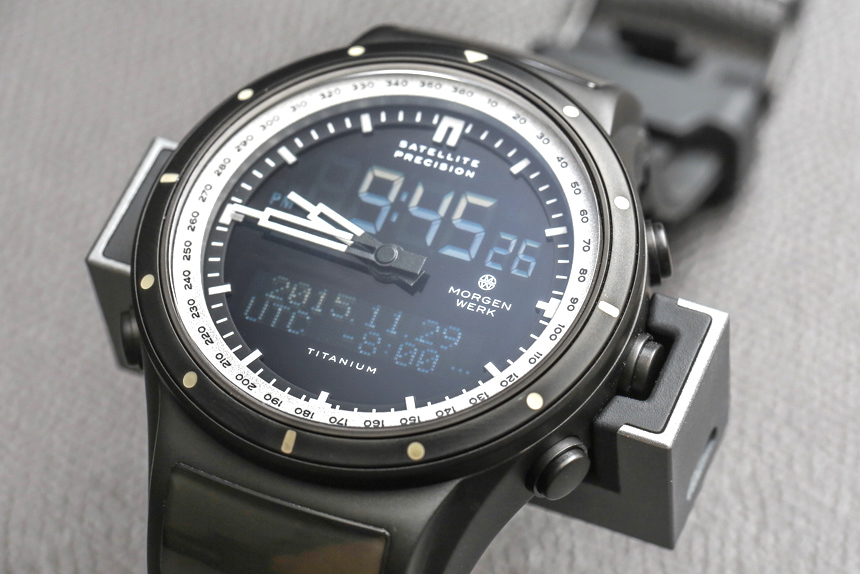
Now that I have been wearing this rather cool timepiece for a while, I can say that while the Casio ProTrek, Tissot T-Touch, and the Morgenwerk Satellite Precision M3 all exist in the same timepiece category, none of them is a clear winner or does everything perfectly. So it will take a lot of feature sorting to determine which model is best for you. I’ll say now that the Morgenwerk Satellite Precision M3 is a very cool watch, but some of its more interesting concept features never made it to the final product (such as the solar-powered charging dock) and it also has some quizzical user interface decisions that have important pieces of functionality missing.
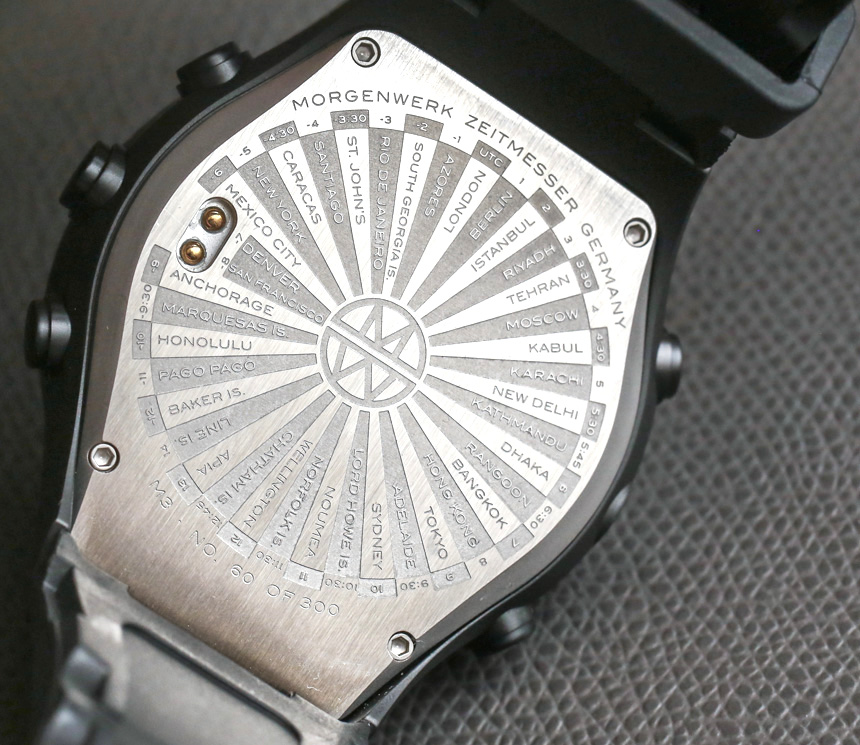
A good example of what I am talking about is the chronograph feature. For some reason, even though this is a digital watch, Morgenwerk felt that they needed to limit the chronograph to tracking one hour. Even most mechanical chronographs are set up to measure 12 hours. If you see how the screen is used for the chronograph time measurement you’ll understand, but there is no reason why part of the lower screen could not have been used to keep measuring beyond 60 minutes. It isn’t necessarily a deal-breaker, but when Casio offers a 24-hour or even 99-hour chronograph, it feels arbitrarily short to have a 60-minute chronograph. Also, while you can easily set the time for various time zones around the world, there is no dedicated “World Time” function in the Morgenwerk Satellite Precision M3. That means you can’t ever really see two time zones at the same time or use the watch to see anything beyond a single time zone unless you want to turn the watch over and start adding and subtracting hours based on the “UTC chart” engraved on the back of the case.
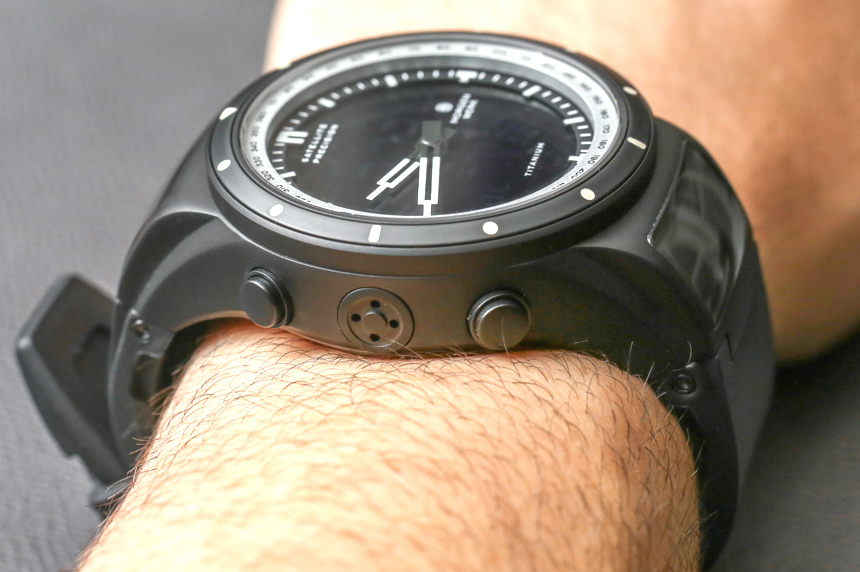
At the same time, despite some odd feature omissions, there are some very useful elements for the Morgenwerk Satellite Precision M3’s user interface such as being able to press a button which moves the hands out of the way so as to not obstruct the screens. Moreover, the hands stay put until you tell them to go back. This is such an obvious feature, but one that I haven’t seen elsewhere.
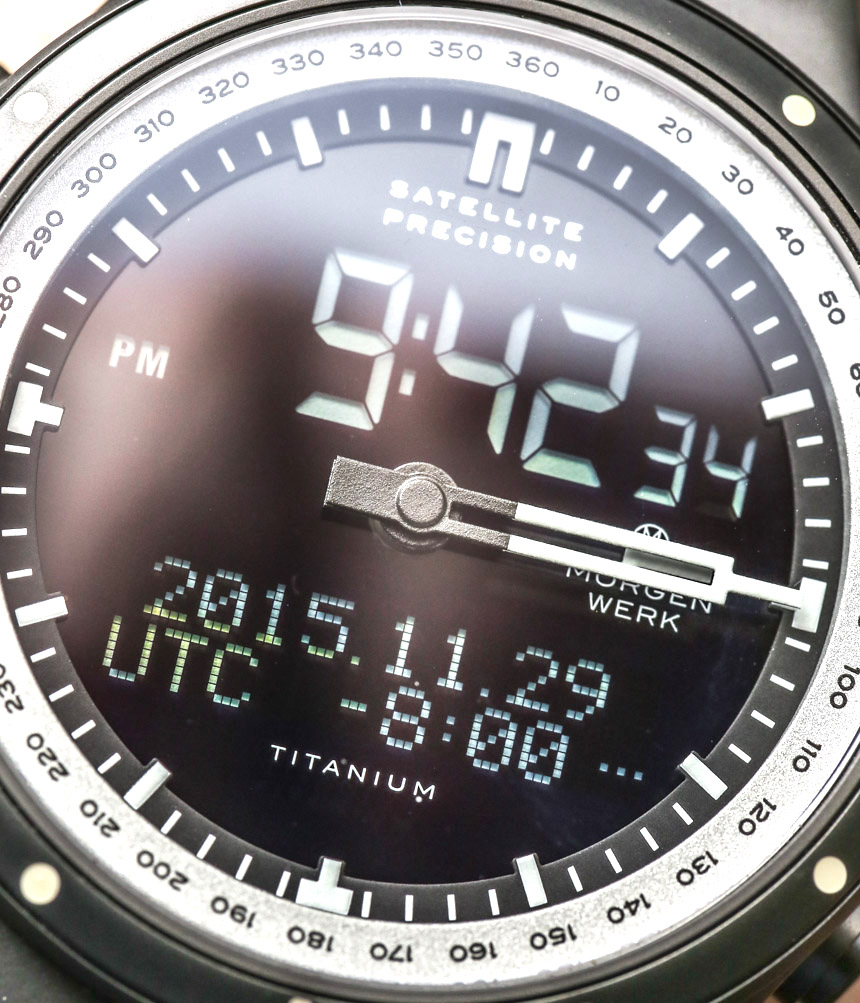
In the same vein is the fact that once you are viewing a particular mode’s screen, the watch does not automatically revert back to the home screen. For example, on a Tissot T-Touch, if you use the compass feature it will only last for a short while before the watch automatically returns to time mode. Casio as well often not good about keeping a screen on the mode you are currently viewing (purported for battery saving in many instances). The notion seems to be that the user always wants to go back to the home screen versus stay where they are. With the M3, Morgenwerk seemed to understand that if you are looking at a particular screen you might want it to stay visible until you make a decision to go back to another screen. Thus, while you have some notable features missing in the first generation Morgenwerk Satellite Precision M3, I think that the user interface philosophy at play here is certainly on the right track.
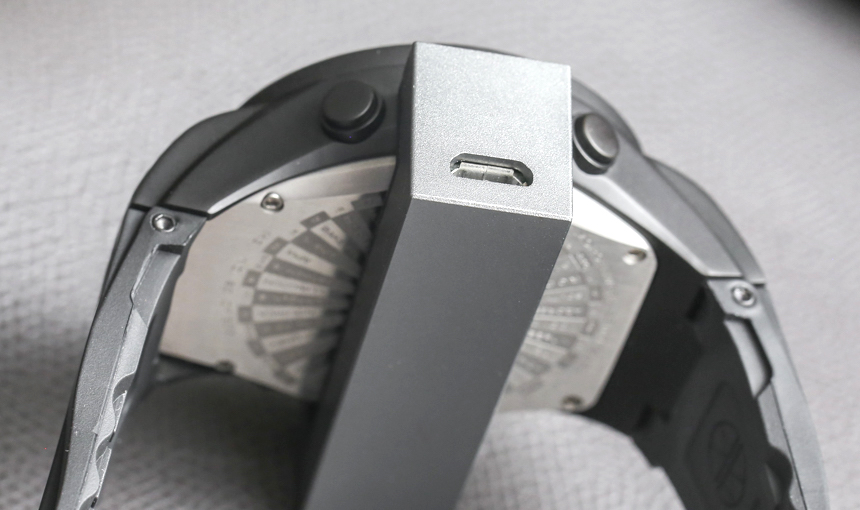
If you aren’t intimately familiar with the Morgenwerk Satellite Precision M3 watch before you purchase it, then you’ll likely have some confusion about what the product is all about and what it does. It even comes with a charging dock, and some people might think it is a connected smart watch, which it isn’t. Morgenwerk doesn’t seem to have produced enough documentation to explain all elements of how the watch works or its functionality. For example, there is nothing in the instructions concerning how to set the time. You can adjust the time zones, but you can’t really set the time – even though you can “recalibrate the hands if they become misaligned.”
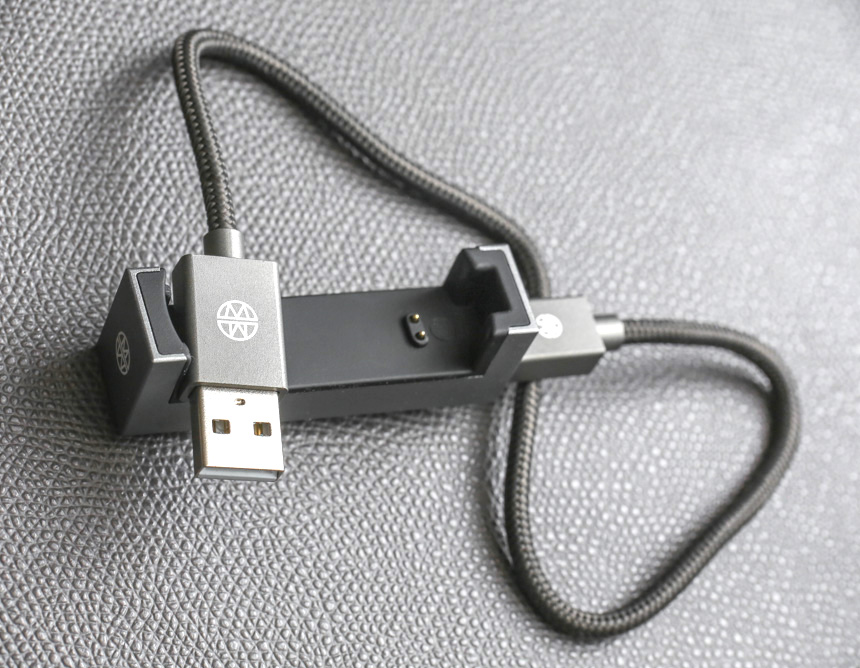
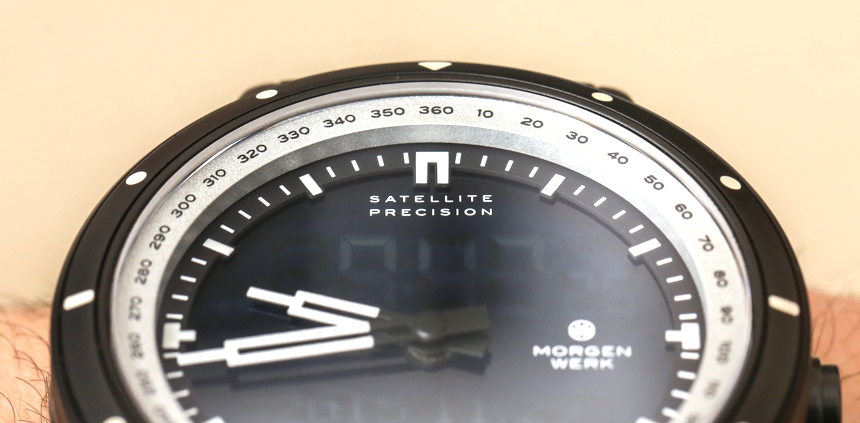
Given the extreme accuracy of the watch, the time is set at the factory and the watch arrives in sleep mode. According to Morgenwerk, this is a low-power state, and the internal rechargeable battery is supposed to last about three months. None of this is in the user manual. I still am not quite sure what happens if the battery totally dies, but I assume the best answer is to just go outside and have the watch receive the time from GPS.
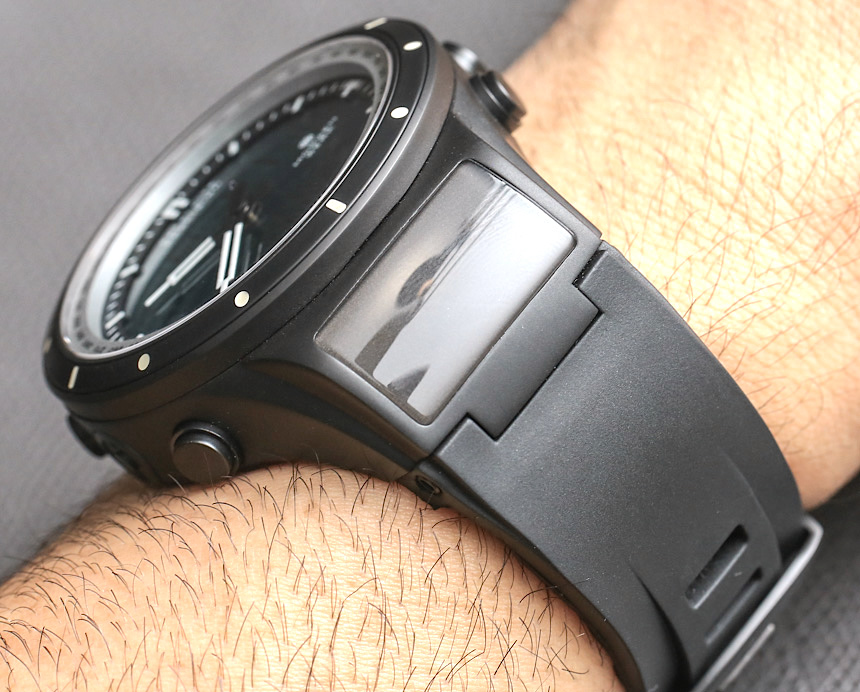
If you look at the case, there are two elements that might look like screens on the lugs. These aren’t screens – even though they are topped with sapphire crystals – but rather, they are antenna. The large, roughly 50mm-wide (they claim 48mm wide, and it is about 18mm thick with a water resistance of 50 meters) Morgenwerk Satellite Precision M3 case is produced from black-colored titanium – which isn’t great for allowing in signals. Thus, these two areas on the lugs are for the signal to enter the watch – and GPS signal receiving time has always been pretty good. You can press two of the case pushers at the same time for a second to manually enter signal-receiving mode – and in my experience, this has always worked quite well. With that said, the notification on the dial for a signal successfully received is “…” That could literally mean anything, and logically could mean “still waiting” if you didn’t read the manual and understand its functionality.
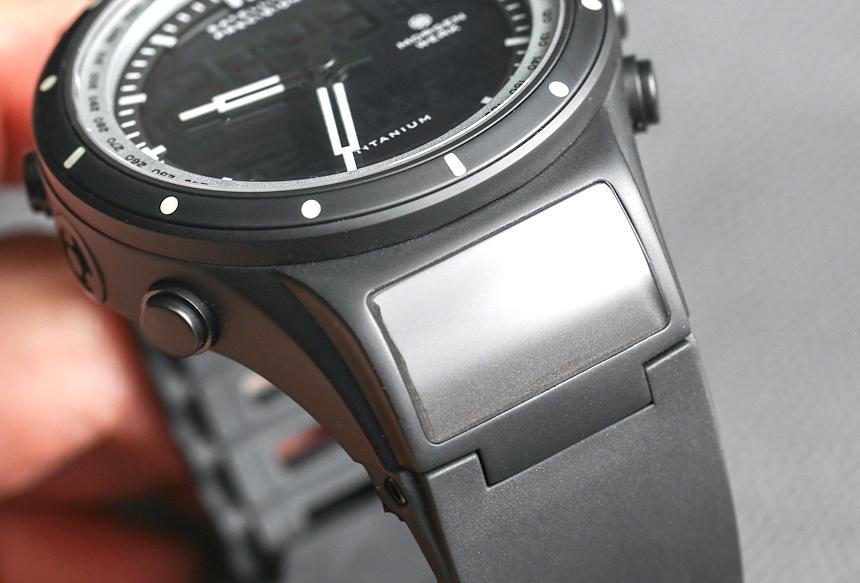
When it comes to ergonomics and user interface, I think that the creators of the Morgenwerk Satellite Precision M3 get too much into an ivory-tower state of mind, where they spend so much time with the product and understand it so well that they fail to consider inherent confusion that comes when people new to the product need to use it for the first time. A watch – like many other personal tools – must focus on ease of use and simplicity in order to attract the widest range of users. This is why the iPhone, for example, was successful when it first arrived in 2007. At the time, it did very little that other phones did not already do. What Apple did do, however, was make the process of doing those things much more straightforward. I am confident that with a bit more work and refinement the engineers at Morgenwerk can polish out these issues and make their products truly spectacular.
